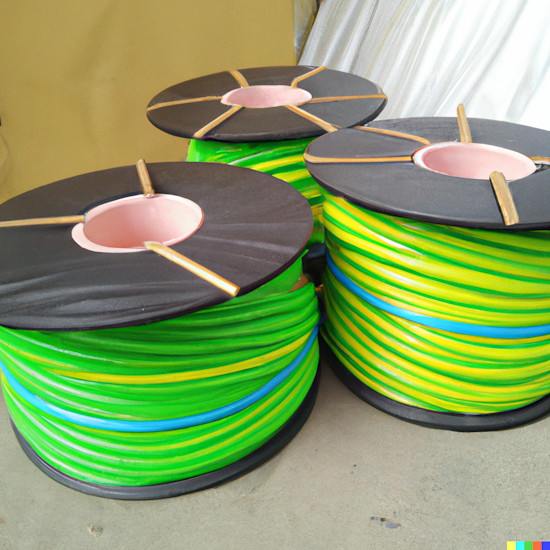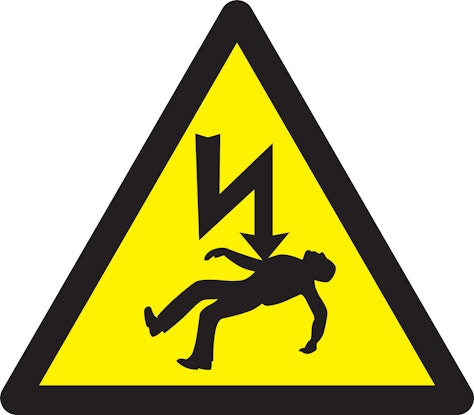


LEARN SAFE EARTH CABLE SIZING
14 Jan 2023
Jonathan Carroll B.Eng(Electrical)
Director & Engineering Manager
References: AS/NZS 3000:2018 (Electrical Installations (Wiring Rules) Cable Sizing Calculator www.electricaltechnology.org Circuit Breaker and Fuses www.eaton.com
Earth Cable Sizing
Sizing an earth cable is an important step in ensuring the safety and performance of an electrical system. The earth cable plays a crucial role in providing a low-impedance pathway for fault current to flow to earth, which helps to minimize the risk of electrical fires and electrocution. In this post, we will discuss the process of sizing an earth cable in accordance with Australian standards, including the importance of fault current and disconnection time.
The first step in sizing an earth cable is to determine the maximum fault current that the system is likely to experience. Fault current is the amount of current that flows through the system when a fault occurs, such as a short circuit. In Australia, the standard for determining maximum fault current is AS/NZS 3000:2018 (Electrical Installations (Wiring Rules)), which requires that the earth cable must be able to carry the maximum fault current for a period of at least 0.3 seconds.
Once the maximum fault current has been determined, the next step is to calculate the size of the earth cable required to carry this current. This is typically done using a cable sizing calculator or software, which takes into account factors such as the type of cable, the distance between the earth point and the load, and the ambient temperature.
In addition to the maximum fault current and disconnection time, it is also important to consider disconnection times above 0.3 seconds. In some cases, a fault current may last for a longer period of time, which can lead to damage to the system or even a fire. To mitigate this risk, it is necessary to use a larger earth cable or to install additional protective devices such as fuses or circuit breakers.
When sizing an earth cable, it is also important to follow the guidelines set out in AS/NZS 3000:2018. This standard covers a wide range of topics related to electrical installations, including the selection and installation of cables, the protection of electrical equipment, and the testing and inspection of systems. By following these guidelines, you can ensure that your electrical system is safe, reliable, and compliant with the latest industry standards.
In conclusion, sizing an earth cable is an important step in ensuring the safety and performance of an electrical system. By determining the maximum fault current, calculating the size of the earth cable required, and following the guidelines set out in AS/NZS 3000:2018, you can ensure that your system is safe, reliable, and compliant with the latest industry standards.




